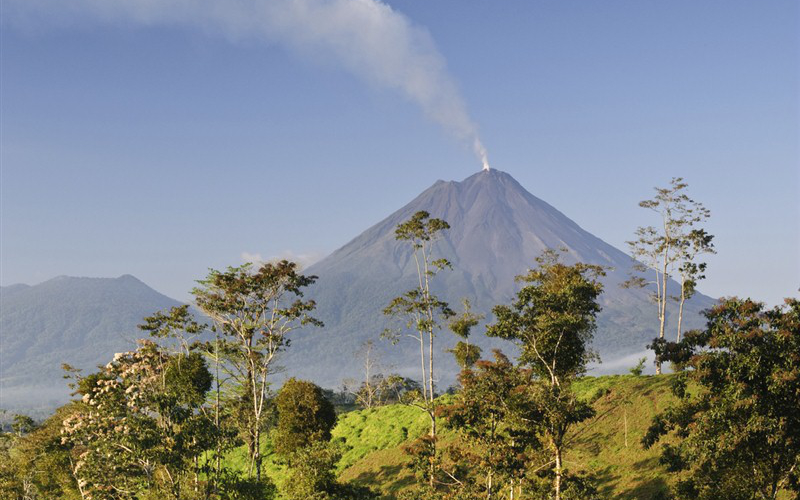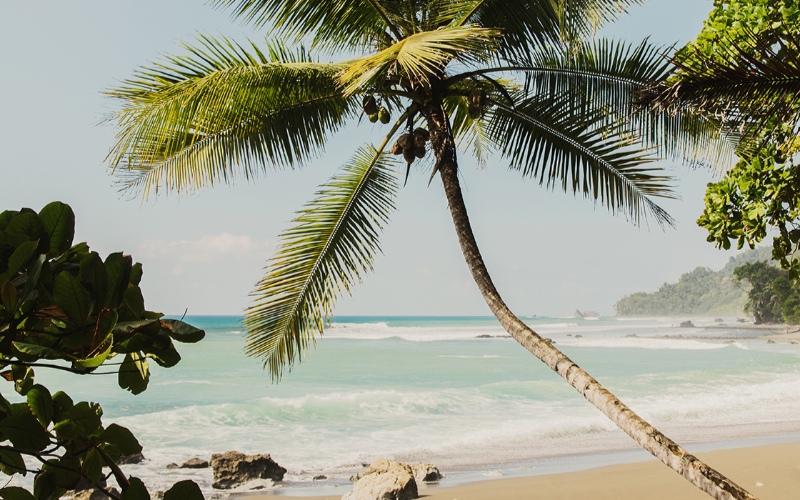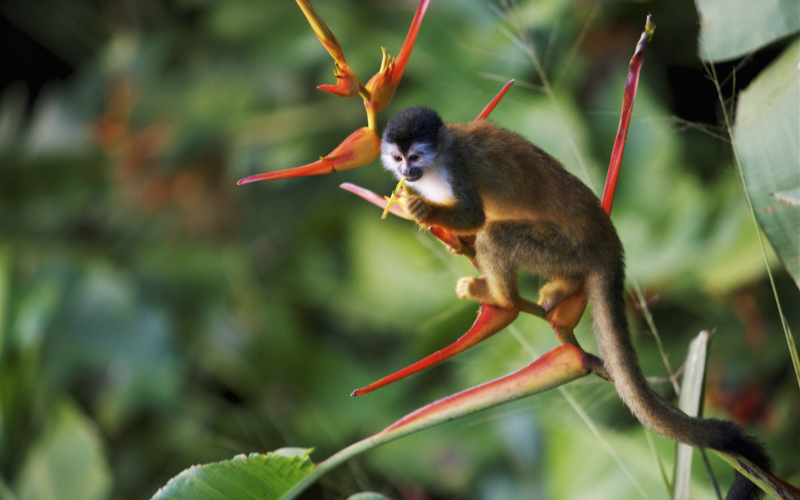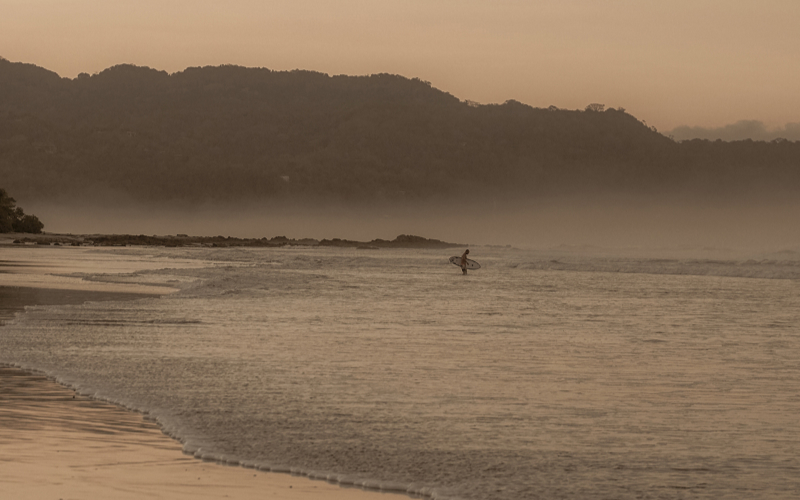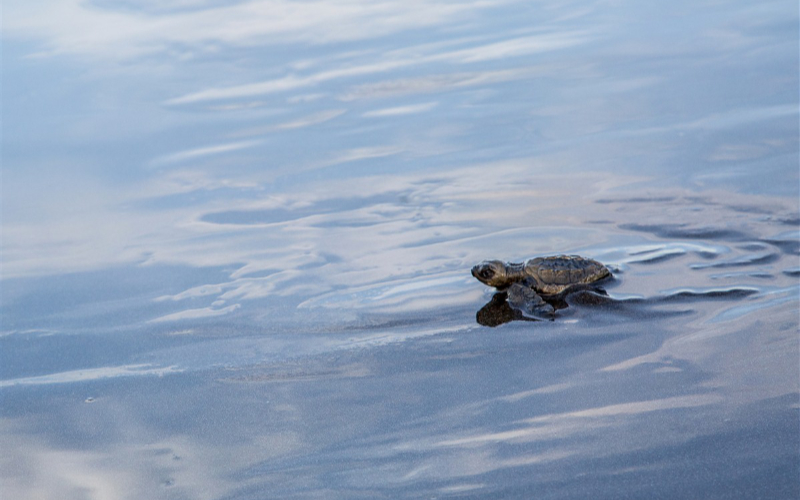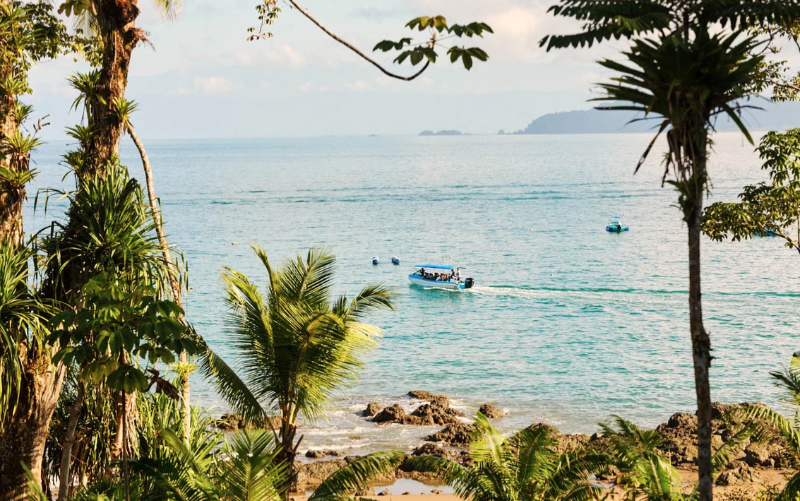Costa Rica’s natural beauty draws visitors throughout the year, thanks to its leafy rainforests, rugged volcanoes and pristine beaches. Bordered by the Caribbean Sea to the east and the Pacific Ocean to the west, the country experiences a tropical climate with distinct dry and wet seasons. Visit during the dry season, from December to mid-April, if you’re hoping to hike up volcanoes and spot wildlife in national parks. If it’s fewer crowds and thriving landscapes you’re after, plan your trip during the ‘green season’ (from May to November) for sunny mornings and afternoon showers. The climate varies between the Pacific and Caribbean coasts, but March is the best time to visit Costa Rica for dry conditions on both coasts. Read on for our month-by-month breakdown to help you plan your Costa Rican adventure.
The Costa Rican Climate
Temperatures in Costa Rica are generally very pleasant throughout the year and there isn't too much regional variation. As mentioned earlier, this is mainly related to altitude and proximity to the coast. Temperatures tend to vary between 25°C and 32°C, but it's not uncommon for the mercury to rise above 35°C. For those interested in visiting Costa Rica's mountains, temperatures are much cooler there and can drop to between 5°C and 10°C. With the altitude, as well as the cooler, fresher air, there is a marked difference between daytime and night-time, so be sure to pack plenty of layers to wrap up warmly at night.
Dry Season in Costa Rica
Costa Rica's dry season lasts for around five months, between December and April. It's especially pronounced on the Pacific coast, where there is a real lack of rain during this period. On the southern Pacific coast and along the Caribbean side, the dry season is much shorter. The temperatures are high, fluctuating between 30°C and 35°C, and so this is the best time to visit Costa Rica to get the most out of the country. It's worth bearing in mind that from March to September, the nights are longer and by 5:30 pm it's already getting dark, so plan excursions and exploring accordingly. As previously mentioned, the dry season varies depending on the location. Although the wet season runs from April to November, the eastern part of the country actually experiences a dry period during that time. In fact, September and October are drier there than anywhere else in the country, with significantly less rainfall. The last peculiarity of this time of year is that December and January are generally rainy throughout the country, even though Costa Rica is in its dry season. So, if visiting at that time of year, watch out for unexpected showers.
Wet Season in Costa Rica
The wet season in Costa Rica runs from April to November. The mornings are usually very sunny, which gives visitors time to explore before the clouds start to gather around noon. It's common to experience heavy rainstorms lasting two to three hours during this period, followed by a sunny end to the day. The wet season is the lushest time of the year, and the best time to see the country's diverse plant life. This is why some think it's the best time to visit Costa Rica, despite the frequent showers. Just be sure to plan your days around the unpredictable weather. The wet season varies between the east and west sides of Costa Rica; as a result, the Pacific coast is less humid than the southern Pacific side and the east of the country, where rain is more scattered and falls throughout the year. December is also a very rainy month on the Caribbean coast. In Tortuguero National Park, the turtles arrive to lay their eggs in July and normally continue nesting until September, so you’ll want to visit in this period to catch a glimpse of the hatchlings. Also, despite being in the middle of the wet season, during July and August there is noticeably less rainfall throughout the country, with this time of year affectionately referred to as 'little summer'.
The Guanacaste Province
In the north-west of Costa Rica – in the Guanacaste province – the weather is sunnier and drier, with the dry season lasting longer than in the rest of the country. This area has a milder climate, and it's not uncommon to experience very arid conditions in the Guanacaste province, with no rainfall for several weeks. Annual average temperatures range from 26°C to 33°C on the plains, with cooler climes in the mountains.
The Central Valley
In Costa Rica's Central Valley and capital city, San José, temperatures are generally cooler throughout the year, with the city protected from the high temperatures by its altitude. While the two major climatic seasons do affect this region of Costa Rica, it also has its own unique climate, known as 'perpetual spring'. So what does that mean for the weather in that area? The temperature is almost constant (at around the 24°C mark) and pleasant throughout the year. With the exceptions of August and October when the rain is at its peak, the region's perpetual spring lasts all year round, so there’s no real restrictions here on the best time to visit Costa Rica Lastly, it's worth noting that during the dry season, the Central Valley is the only region to enjoy a cool breeze in the middle of summer, something that's most definitely welcome.













